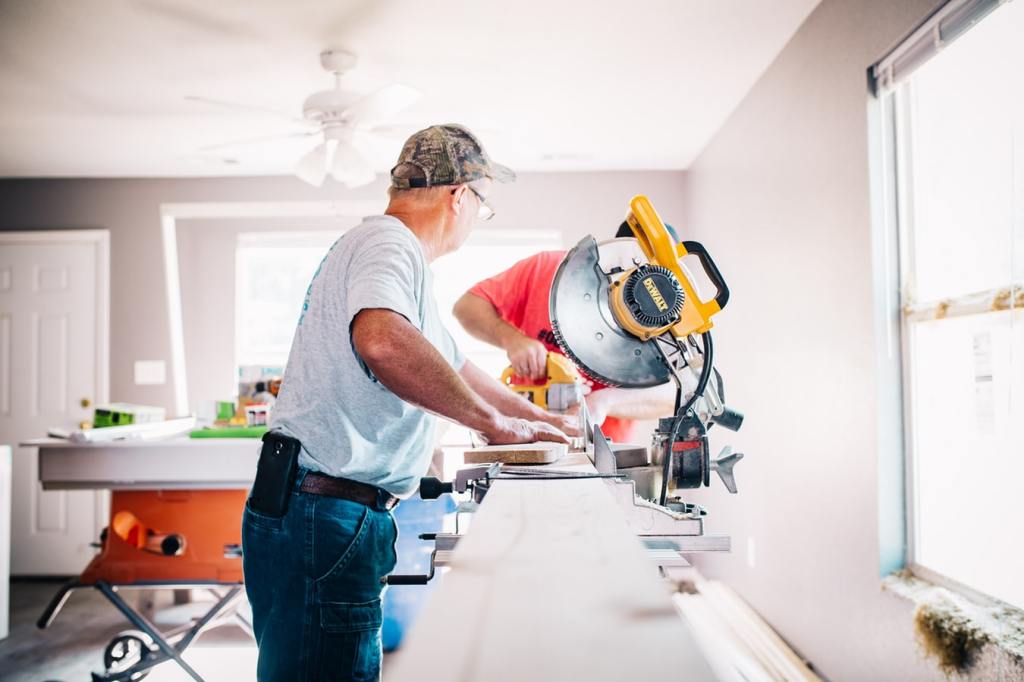Despite a documented preference that older Americans have to age in place, the current housing inventory is inadequate to support the needs of an aging population. This is according to a report from MarketWatch in collaboration with Columbia University’s Age Boom Academy.
Homes in which people raise their families may be too large to adequately support someone’s needs as they age, and naturally begin to see cognitive or mobility impairments, the story explained. Renovations may provide some solutions, but it is also a solution with limits according to Rodney Harrell, VP for family, home and community at AARP.
“We don’t have enough homes that meet our aging needs,” Harrell told MarketWatch. “There are changes the housing industry can make. There are changes policy people can make so that people aren’t compromising. But we’re not there yet.”
According to 2011 data from Harvard University’s Joint Center for Housing Studies (JCHS), less than 4% of U.S. homes offer all of the most key features of aging-accessible housing, defined as “single-floor living, no-step entries, and wide hallways and doorways,” the story said.
A Virginia-based home remodeler, Vince Butler, who also serves as an aging-in-place specialist with the National Association of Home Builders (NAHB) personally estimated the actual figure to be lower, adding that there are “140 million homes that don’t have the features they need.”
The most underdeveloped feature of aging-accessible housing is a home with zero-step entryways since homes for generations have been constructed on elevated foundations requiring steps or a ramp to reach the door.
“Getting someone in and out of the home is often the hardest part, and it’s the most crucial point,” Butler said. “Bathrooms are easy to fix, doors are easy to widen. The biggest problem is just getting into the house. Having a one-level house still doesn’t make it accessible if there are two steps up to get into the house.”
Other necessary features for such homes that are rare in the market today include showers that can accommodate a wheelchair, lever-style door handles instead of doorknobs and more accessible light or power controls that are easier to reach.
Lighting itself may also need to be changed inside a home, Butler said.
“Lighting can be improved in every home,” he explained. “As people age, color distinction can fade, and it’s hard to see differences in flooring or spaces.”






